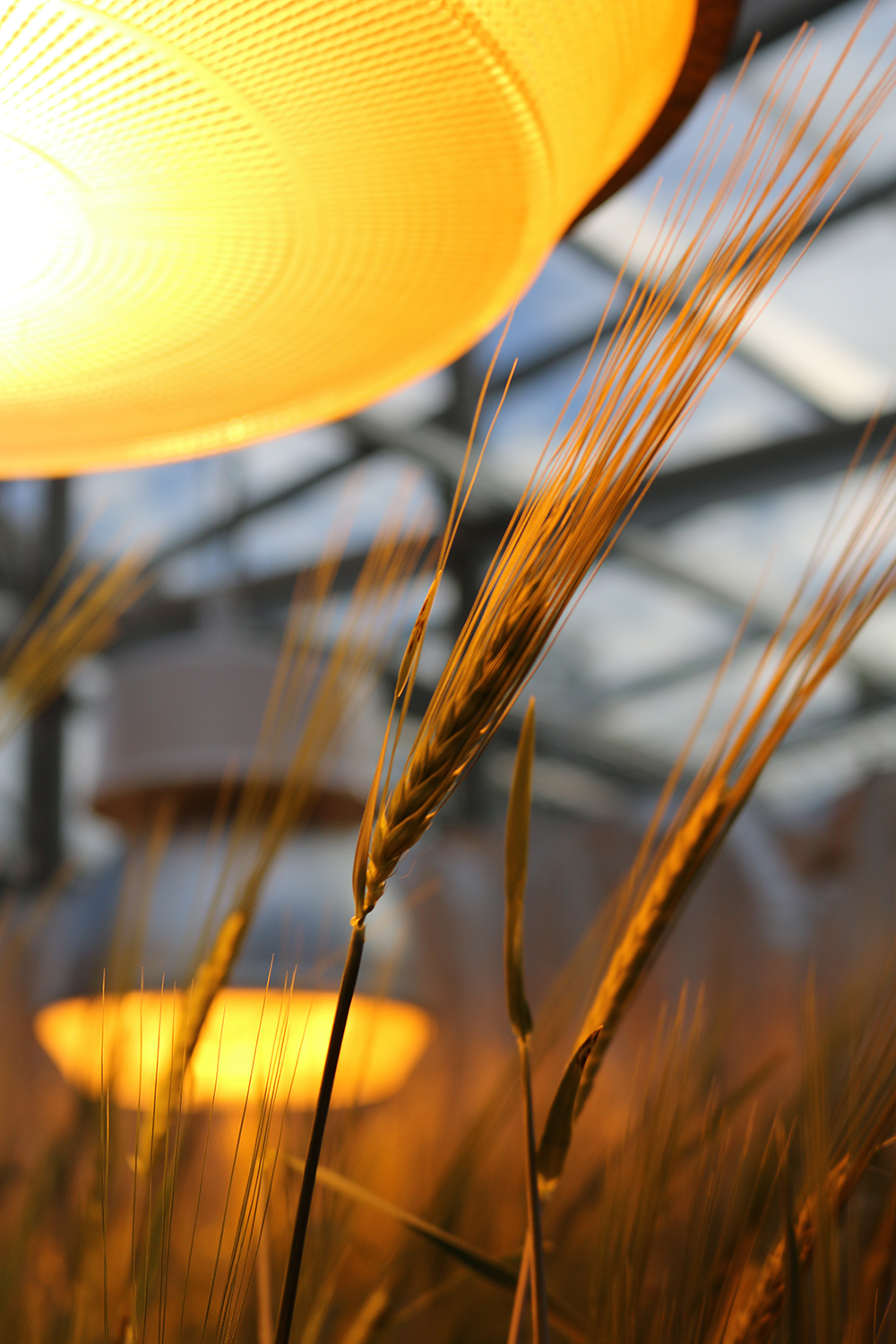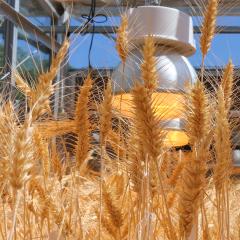GroundCover™ Issue: 134 May - June 2018 | Author: Gio Braidotti
An artificial intelligence platform called ‘FastStack’ is under development to assist the accelerated production of wheat varieties with superior performance traits
Recent advances in ‘evolutionary computing’ – a branch of artificial intelligence (AI) – are being tapped into in an effort to speed up genetic gain in wheat breeding programs.
AI platform FastStack is being designed to track the flow of valuable genes in breeding programs and detect those combinations most likely to improve crop performance.
FastStack is being developed by Professor Ben Hayes at the Queensland Alliance for Agriculture and Food Innovation (QAAFI) in partnership with LongReach Plant Breeders.

Professor Hayes says his aim is to create a faster, more efficient way to detect high-performing gene combinations for traits such as yield, quality and disease resistance. The same software can then also design crosses to rapidly combine thousands of such genes into elite wheat varieties.
He is quietly confident the approach could deliver benefits to wheat breeders, based on the success he achieved integrating AI technology and genomic-based selection (also called ‘genomic prediction’) into the dairy and livestock sectors. The gains possible were so impressive that the technology has been widely adopted by industry in Australia and internationally.
With FastStack, Professor Hayes’s focus is now on wheat.
“AI allows us to estimate the best strategy for developing an improved wheat variety more quickly,” Professor Hayes says. “The computing power is used to pick out patterns in the data that are predictive of plant performance.”
However, first the AI needs to be ‘trained’ so that it can anticipate a plant’s performance based on the DNA it has inherited from various parents in its genealogy. This training is based on real genealogical and field trial data from LongReach Plant Breeders. The project will also draw heavily on functional genomics information, including data obtained through GRDC investments in pre-breeding biotechnology.

To develop populations to test the AI predictions, the team intends to use the speed breeding technique developed by Dr Lee Hickey, also of QAAFI (see GroundCover™, issue 133, March–April 2018). This is a glasshouse-based technique in which continuous light is used to accelerate plant development. Speed breeding makes it possible to turn over six wheat generations in just one year.
The first AI-designed crosses are being made in 2018 and the resulting data will then be used to update and refine the AI programming.
“I think there is a very good prospect that FastStack will work, based on the success of a similar approach in cattle and the experience of our industry partner in wheat,” Dr Hayes says.
Wheat breeders currently face a 12-year lag between the discovery of new genes/traits and their deployment in new varieties that improve industry productivity. Professor Hayes says the problem of long breeding cycles is frustrating given the extraordinary recent advances that have been made in understanding the genetic basis of yield, grain quality and disease resistance traits in wheat.
Should FastStack live up to expectations, Professor Hayes hopes to reduce the length of a wheat breeding cycle from 12 years to as few as two or three.
“To improve on the performance of past wheat varieties, breeders must bring together an ever increasing number of high-performing genes into one wheat genome,” he says. “It is this ‘gene stacking’ process that is so time consuming, but which we can reduce by using the computing power of an AI system.”
More Information:
Prof Ben Hayes, b.hayes@uq.edu.au





